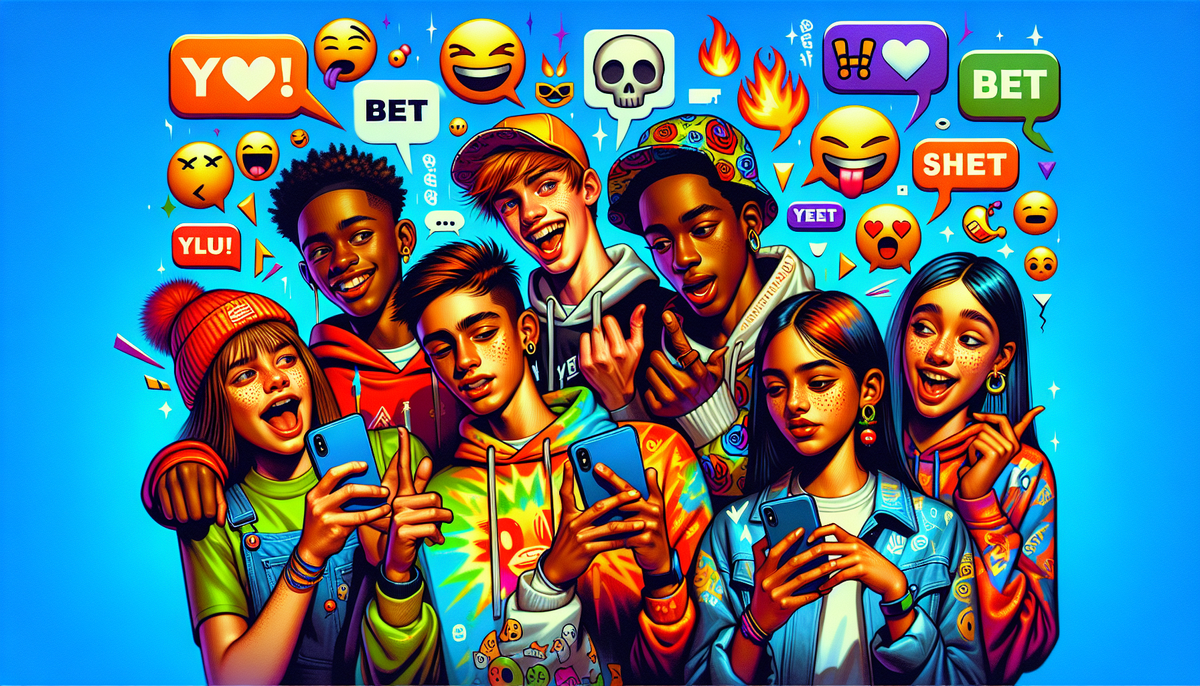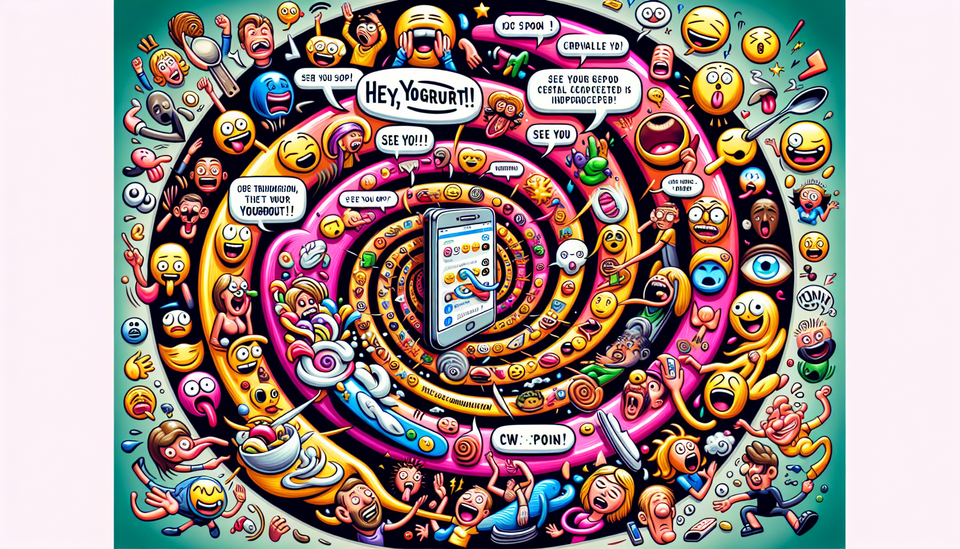The Ultimate Guide to Understanding Your Teen's Online Language
Lost in your teen's texts? 😵💫 From "slay" to "simp," their digital slang is a language of its own. Dive into this guide to decode their wild world of trendy words, emojis, and TikTok l

The Ultimate Guide to Understanding Your Teen's Online Language
Ever read one of your teen’s texts and felt like you need a decoder ring? Like, seriously—what does “slay” even mean in this context? If you’ve ever stared at your phone, wondering if you’re reading English or some alien code, you’re not alone. Teens have their own online language, and it’s changing faster than you can say “on fleek” (which, by the way, is so 2015).
But don’t worry! We’re about to dive into the wild world of teen slang, TikTok lingo, and emoji hieroglyphics. By the end of this, you’ll be decoding texts like a pro. Ready? Let’s go!
Why Do Teens Have Their Own Language?
Okay, first things first—why do teens even need their own language? Can’t they just say “good” instead of “fire” or “okay” instead of “bet”? Well, it’s all about forming an identity and, let’s be real, separating themselves from us “old folks.”
Think about it: when you were younger, you probably used words like “cool” or “rad” that made your parents scratch their heads. It’s the same thing now, except thanks to the internet, these words spread faster than ever. Memes, TikTok trends, and online communities are like slang factories, pumping out new words every day. It’s like a secret password to get into the “cool kids” club, and if you don’t know the lingo, you’re left out.
The Must-Know Slang Words
Alright, let’s get into the good stuff. Here are some of the most common words you’ll see in your teen’s texts or hear them say when they’re hanging out with friends. Buckle up—this is going to be fun.
1. Slay
No, this isn’t about vampires. When someone says “slay,” they mean someone did something amazing. It’s like the modern version of “killed it,” but with more flair.
- Example: “You slayed that presentation!” Translation: You absolutely crushed it.
2. Simp
This one’s a little tricky. A “simp” is someone who goes out of their way to do things for someone they have a crush on, often to an embarrassing degree. But here’s the catch—teens sometimes use it as a joke, so context is key.
- Fun fact: The word “simp” originally came from “simpleton,” but now it’s evolved into something totally different.
3. Mid
If something’s “mid,” it’s just average. Not great, not terrible—just meh. It’s often used as a low-key roast, but sometimes it’s just a casual way to say something’s not worth the hype.
- Example: “That movie was so mid.” Translation: It was okay, but not amazing.
4. No Cap
This one’s all about honesty. When someone says “no cap,” they’re saying they’re not lying, or they’re being serious.
- Backstory: It comes from rap culture, where “cap” means “lie.” So, “no cap” means “no lie.”
5. Bet
This is one of those words that’s so short, it’s almost confusing. “Bet” is just another way of saying “okay” or “sure,” but with a little more confidence. It’s like saying, “I got you” or “I’m on it.”
- Example: “Can you pick me up at 5?” “Bet.” Translation: Sure thing!
6. Sheesh
This one’s all over TikTok. It’s used to express excitement or disbelief, often in a funny or exaggerated way.
- Example: “Sheesh, that outfit is on point!” Translation: Wow, you look amazing!
7. Yeet
Ah, “yeet.” It’s been around for a while, but it’s still going strong. It means to throw something with force or excitement, but it’s also used as an exclamation of excitement.
- Example: “I yeeted my backpack across the room.” Translation: I threw it with enthusiasm.
Emojis: The Secret Code
If you thought words were confusing, wait until you get to emojis. Teens have practically created their own emoji language, and the meanings can change depending on the context. Here are a few you should know:
- 🔥 (Fire) = Something is amazing or awesome.
- 😂 (Laughing with tears) = Either something’s very funny, or sarcastically, it means not funny at all.
- 💀 (Skull) = Something is so funny, it “killed” them (metaphorically, of course).
- 👀 (Eyes) = Someone’s watching or paying attention, often in a sneaky or curious way.
- 🧢 (Cap) = Used to call out someone who’s lying. It’s the emoji version of “no cap.”
Pro tip: Emojis can change meanings based on what meme is trending, so don’t be surprised if the same emoji means something different next week!
Why Does This Matter?
You might be thinking, “Okay, cool, but why should I care?” Well, understanding your teen’s language isn’t just about being “in the know.” It’s about communication. When you understand the words they’re using, you can get a better sense of what’s going on in their world—what’s important to them, what’s funny, and even what might be bothering them.
Plus, knowing the slang can help you spot red flags. Some words, like “simp” or “mid,” can be used in a mean-spirited way, and understanding the context can help you step in if needed.
But here’s a word of caution: just because you know the slang doesn’t mean you should use it. Trust me, nothing will make your teen cringe faster than hearing you say “slay” at the dinner table. It’s okay to know the language, but maybe leave the “fire” comments to them.
Next Time You Get a Confusing Text…
So, next time your teen sends you a text that looks like random letters and emojis, instead of wondering if your phone’s broken, maybe they’re telling you more than you think. Could mastering this language be the key to understanding your teen’s world better?
Who knows? But one thing’s for sure—you’re now one step closer to cracking the code. 🕵️♀️
And there you have it! You’re officially on your way to becoming a teen slang expert. Now, go forth and decode those texts with confidence. Bet?



